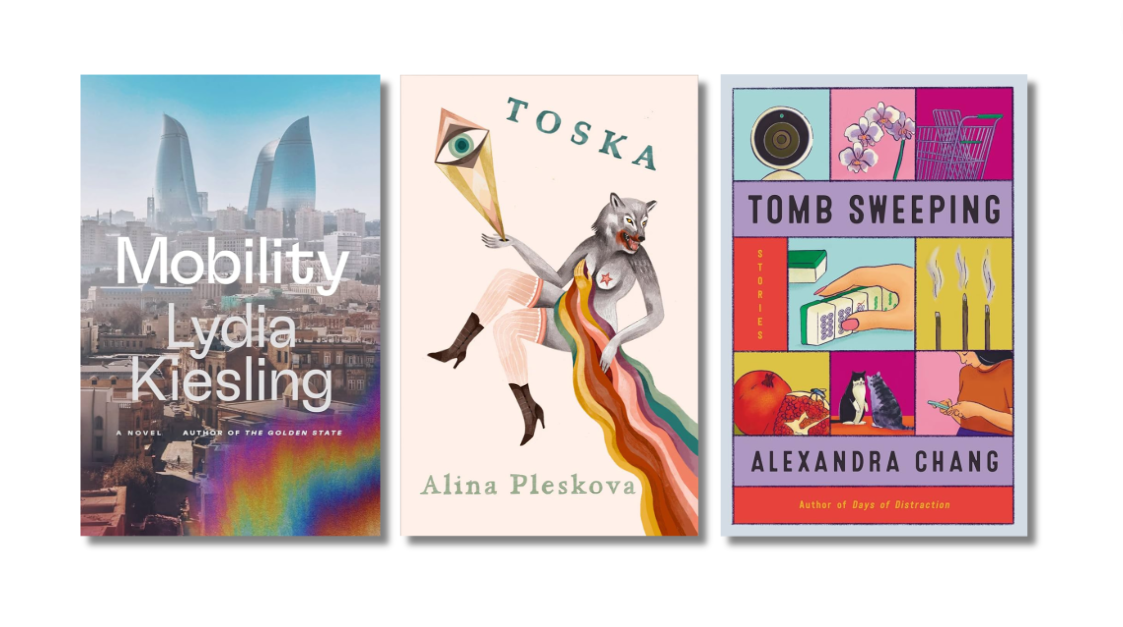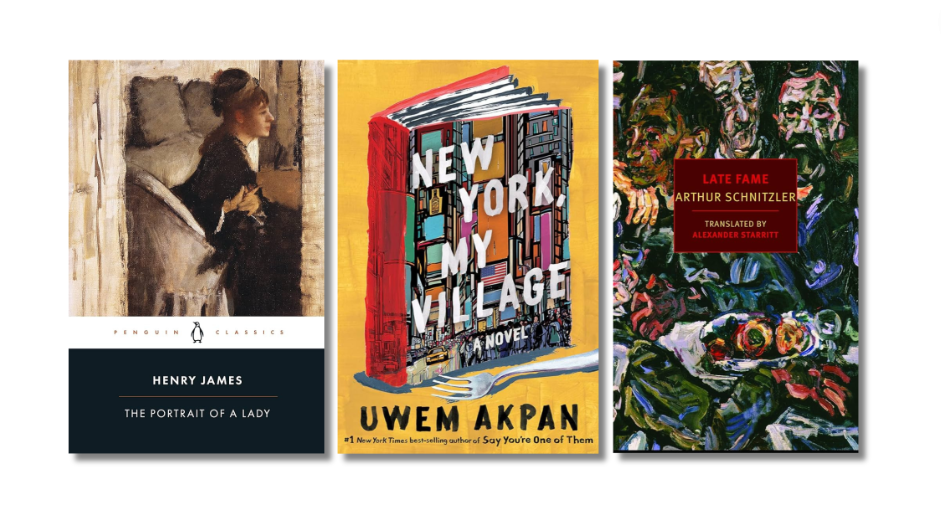I am ashamed how little I’ve read for myself this year—how seldom I’ve allowed myself to reside in the privacy of someone else’s text, how little time and space I’ve allowed or been allowed in general. “The full punch in the mouth of motherhood,” my friend Sofia Samatar recently wrote me, and that is what parenting a toddler has felt like, while worrying about various stresses, anxious over my precarity and financial insecurity while adjuncting in non-union environments on various campuses and dealing with the fairly incessant labor of publishing. I am at this point in my life where I find these lists voluptuous brags about time, which I have surely been party to in the past, by those who spend their time doing something so wonderful as reading books for their pleasure and contemplation, much like the other day I found myself in an involved fantasy about someday going to the movies by myself again that in its sheer desire approached something of the transgressive, or adulterous.
I’ve read many things on the Internet this year, most of it not especially reassuring, although powerful nonetheless: Rachel Cusk’s recent essay about the two painters Celia Paul and Cecily Brown, Aysegul Savas’s essay, “The Cost of Reading,” on the gendered labor of publishing, Emily Raboteau’s extraordinary essays about history and climate change in The New York Review of Books. I’ve worried, like everyone else I know, to an excessive, sweaty, grief-stricken degree, about what’s going on now and will be going on in the future in this country and the world, and most especially about climate change.







 The most crucial book I read this year was Jenny Odell’s How to Do Nothing: Resisting the Attention Economy, her paean to existing in the present-day, within community, and I wish I still carried more presently that spirit of resistance with me, but unfortunately all has dissipated except that feeling of hope when I was reading it. I thought about reading more than I read this year, and I always thought about it longingly. I woke up at 4 a.m. this morning to try to get any thinking or reading time to myself, and after reading the Cusk essay I began rereading W.G. Sebald’s Rings of Saturn for my graduate seminar, the moment when the narrator’s exhaustion toward the futility of creative work blends with his friend, the translator and writer Michael Hamburger’s:
The most crucial book I read this year was Jenny Odell’s How to Do Nothing: Resisting the Attention Economy, her paean to existing in the present-day, within community, and I wish I still carried more presently that spirit of resistance with me, but unfortunately all has dissipated except that feeling of hope when I was reading it. I thought about reading more than I read this year, and I always thought about it longingly. I woke up at 4 a.m. this morning to try to get any thinking or reading time to myself, and after reading the Cusk essay I began rereading W.G. Sebald’s Rings of Saturn for my graduate seminar, the moment when the narrator’s exhaustion toward the futility of creative work blends with his friend, the translator and writer Michael Hamburger’s:
For days and weeks on end one racks one’s brain to no avail, and if asked, one could not say whether one goes on writing purely out of habit, or a craving for admiration, or because one knows not how to do anything other, or out of sheer wonderment, despair, or outrage, any more than one could say whether writing renders one more perceptive or more insane. Perhaps we all lose our sense of reality to the precise degree to which we are engrossed in our own work, and perhaps that is why we see in the increasing complexity of our mental constructs a means for greater understanding, even while intuitively we know that we shall never be able to fathom the imponderables that govern our course through life.




 I’ve desired far more to be engrossed in other people’s words, to be rendered more perceptive, not more insane. I did read some beautiful and important books this year, some I taught in order to have time to really think through them. I thought a lot about ghosts, and what it means to be haunted. T. Fleischmann’s Time Is the Thing a Body Moves Through, Aysegül Savas’s Walking on the Ceiling, Bhanu Kapil’s ghost stories for the spring Paris Review, as well as Sarah Manguso’s “Oceans” essay in that same issue, Sofia Samatar’s nonfiction manuscript The White Mosque, Kathryn Scanlan’s Aug 9 – Fog, Moyra Davey’s Les Goddesses/Hemlock Forest and her forthcoming New Directions collection, Modern Nature by Derek Jarman, Samanta Schweblin’s Fever Dream, Sabrina Orah Mark’s Wild Milk, Iman Mersai’s How to Mend: Motherhood and Its Ghosts, a small, peach book about photography and motherhood which Sofia sent me as solace. I’ve really admired the column my partner John Vincler has been writing for Paris Review Daily, on thinking about painting within the current attention economy. Lydia Davis’s new Essays have made me feel revitalized again, when I let myself, about thinking about writing, or at least thinking about thinking about writing. For the past few years I’ve been apparently writing a small book (a small small book, a book-length essay, I’ve begun telling myself) about Hervé Guibert’s To the Friend Who Did Not Save My Life, for Columbia University Press—Semiotext(e) is thankfully reissuing To the Friend next year—and so much of what I’ve read has been thinking through Guibert, especially as other works explicitly think through Guibert, like the excellent Andrew Durbin story in the Guibert zine Tinted Window and the title novella in Toshiyuki Horie’s The Bear and the Paving Stone. (Horie is the Japanese translator of Guibert.) I know it might seem from this list I actually have read a lot this year but I think it might have to do with the nature of these lists—the passion in listing becomes a propulsive form that is its own intensity.
I’ve desired far more to be engrossed in other people’s words, to be rendered more perceptive, not more insane. I did read some beautiful and important books this year, some I taught in order to have time to really think through them. I thought a lot about ghosts, and what it means to be haunted. T. Fleischmann’s Time Is the Thing a Body Moves Through, Aysegül Savas’s Walking on the Ceiling, Bhanu Kapil’s ghost stories for the spring Paris Review, as well as Sarah Manguso’s “Oceans” essay in that same issue, Sofia Samatar’s nonfiction manuscript The White Mosque, Kathryn Scanlan’s Aug 9 – Fog, Moyra Davey’s Les Goddesses/Hemlock Forest and her forthcoming New Directions collection, Modern Nature by Derek Jarman, Samanta Schweblin’s Fever Dream, Sabrina Orah Mark’s Wild Milk, Iman Mersai’s How to Mend: Motherhood and Its Ghosts, a small, peach book about photography and motherhood which Sofia sent me as solace. I’ve really admired the column my partner John Vincler has been writing for Paris Review Daily, on thinking about painting within the current attention economy. Lydia Davis’s new Essays have made me feel revitalized again, when I let myself, about thinking about writing, or at least thinking about thinking about writing. For the past few years I’ve been apparently writing a small book (a small small book, a book-length essay, I’ve begun telling myself) about Hervé Guibert’s To the Friend Who Did Not Save My Life, for Columbia University Press—Semiotext(e) is thankfully reissuing To the Friend next year—and so much of what I’ve read has been thinking through Guibert, especially as other works explicitly think through Guibert, like the excellent Andrew Durbin story in the Guibert zine Tinted Window and the title novella in Toshiyuki Horie’s The Bear and the Paving Stone. (Horie is the Japanese translator of Guibert.) I know it might seem from this list I actually have read a lot this year but I think it might have to do with the nature of these lists—the passion in listing becomes a propulsive form that is its own intensity.
More from A Year in Reading 2019
Don’t miss: A Year in Reading 2018, 2017, 2016, 2015, 2014, 2013, 2012, 2011, 2010, 2009, 2008, 2007, 2006, 2005














